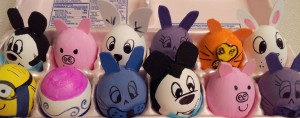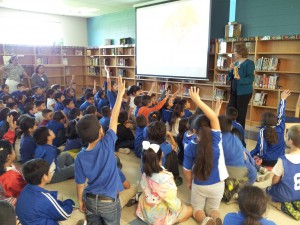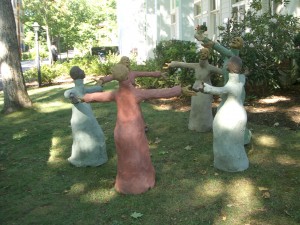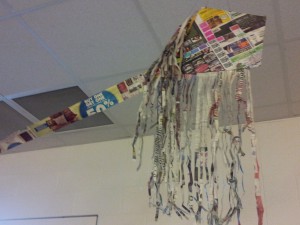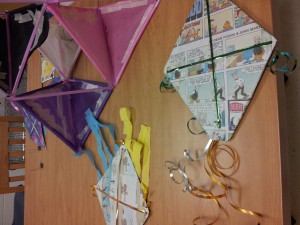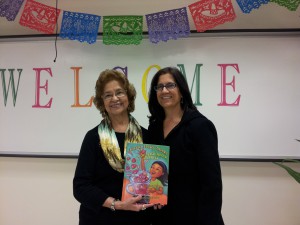If you’ve ever wondered how a book is acquired, you need to read this article about the acquisition process on Harold Underdown’s blog. Sometimes when I do school visits, the students will ask how long it takes for a book to be out in print from the time it is first acquired. Sometimes they are surprised when I tell them it takes between two to three or more years.
Another day of wonderful school visits. This time I was down in the Rio Grande Valley visiting Garden Park and Villa Nueva elementary schools in Brownsville, Texas. The students were so enthused and asked excellent questions. This was the first time they had an author visit. The librarians were super and so supportive. My objective, as always, is to inspire the students to read and write more.
On the way back to San Antonio, I bought some fabulous cascarones. Are they not too cute? According to Wikipedia: “Cascarones or confetti eggs are festive, hollowed-out chicken eggs filled with confetti or small toys.In Spanish, cáscara means eggshell. Cascarones are common throughout Latin American and are similar to the Easter eggs popular in many other countries. They are mostly used in Mexico during Carnival, but in US and Mexico border towns the cultures combined making them a popular Easter tradition.” 